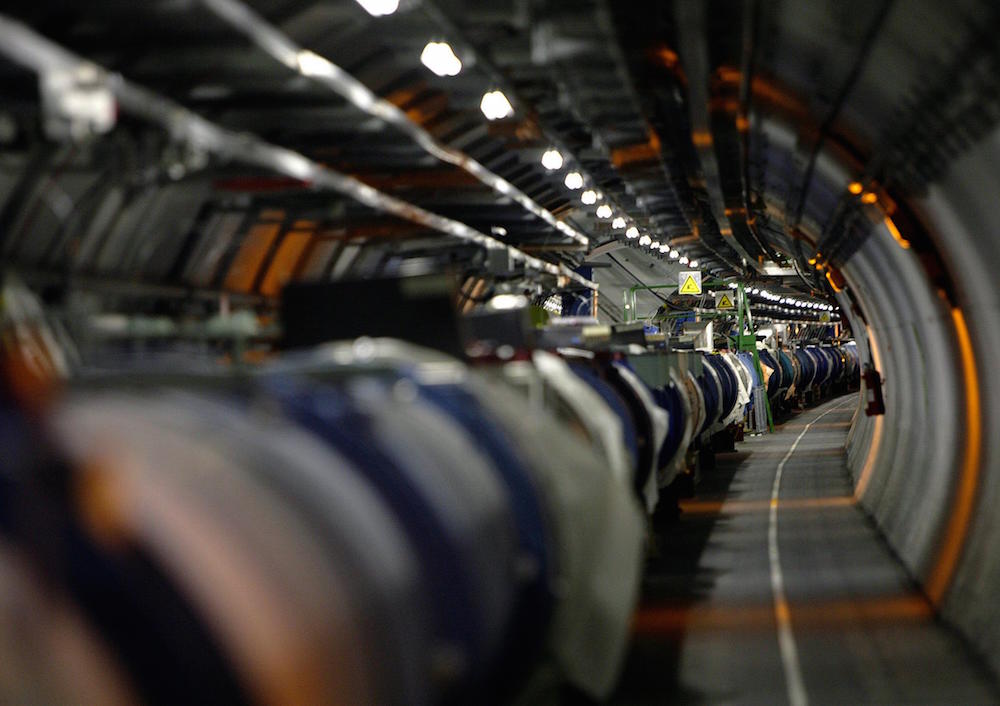Researchers identified the first observation of ultra-rare particle decay.
Others are reading now
Scientists at CERN, the world’s largest particle accelerator located near Geneva, Switzerland, have announced a groundbreaking discovery that could reshape our understanding of fundamental physics.
Ultra-Rare Particle Decay
In a remarkable experiment, researchers identified the first observation of ultra-rare particle decay, which may hint at new physics beyond current theories, according to Ziare.
The NA62 collaboration revealed this unprecedented finding during a seminar at CERN.
The decay involves a charged kaon transforming into a charged pion and a neutrino-antineutrino pair (K+ → π+νṽ).
Also read
According to the Standard Model of particle physics, which explains how particles interact, this type of decay occurs less than once in every 10 billion kaons.
The Culmination to A Long Project
Dr. Cristina Lazzeroni, a particle physics professor at the University of Birmingham, stated:
“With this measurement, K+ → π+νṽ becomes the rarest decay established at discovery level — an impressive achievement.”
The kaons are produced by a high-intensity proton beam at CERN’s Super Proton Synchrotron, which collides with a stationary target, generating nearly a billion particles per second. Approximately 6% of these are charged kaons that are detected and analyzed.
Professor Giuseppe Ruggiero from the University of Florence added, “This is the culmination of a long project that started over a decade ago. After rigorous work, we’ve achieved an exciting result.” The findings are based on data collected from the NA62 experiment between 2021 and 2022, following significant upgrades to the detector system.
The decay fraction of kaons turning into a pion and two neutrinos was measured to be about 13 in 100 billion. While this aligns with Standard Model predictions, it is about 50% higher, suggesting potential insights into the universe’s fundamental forces.


